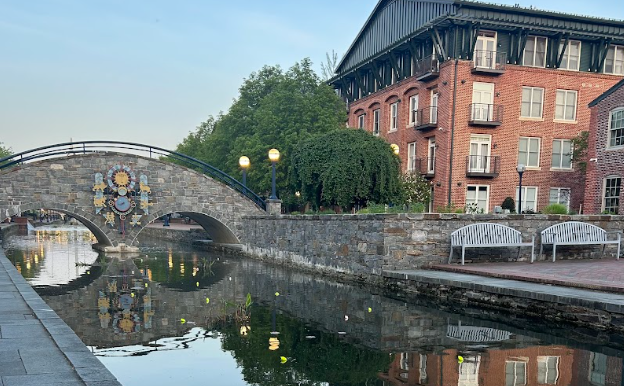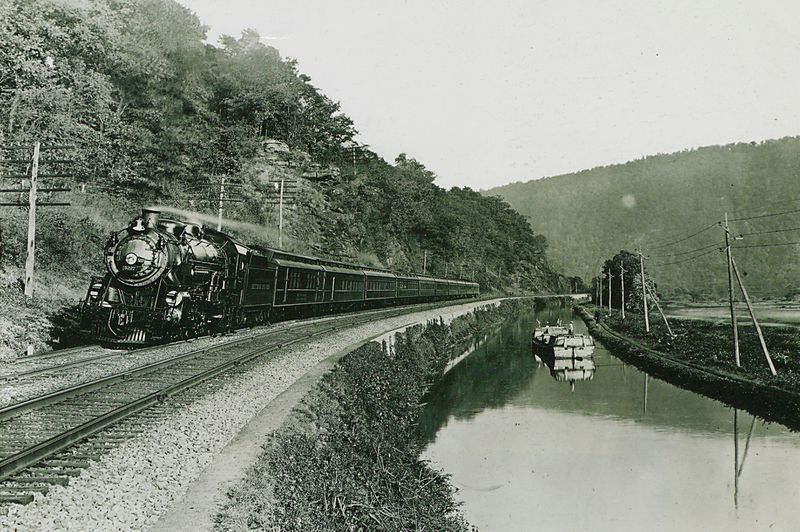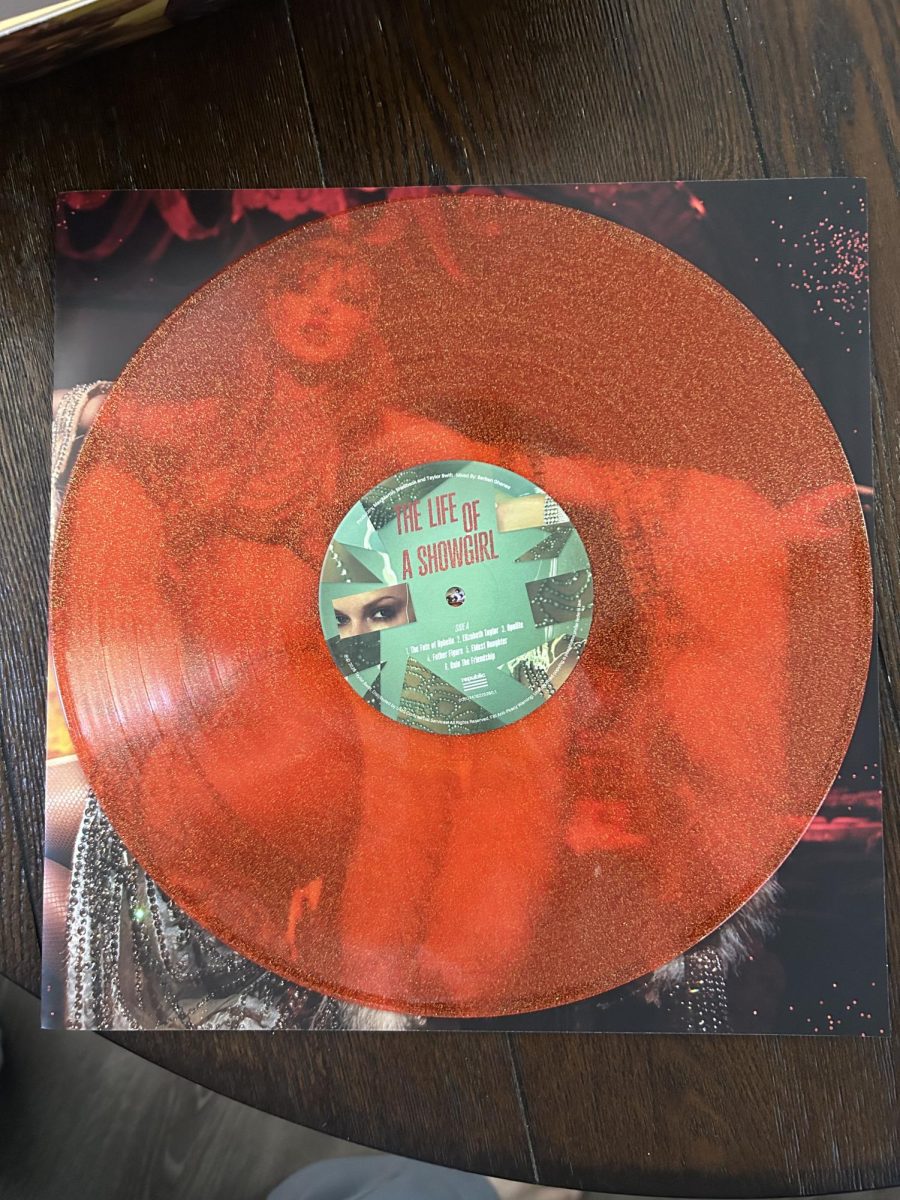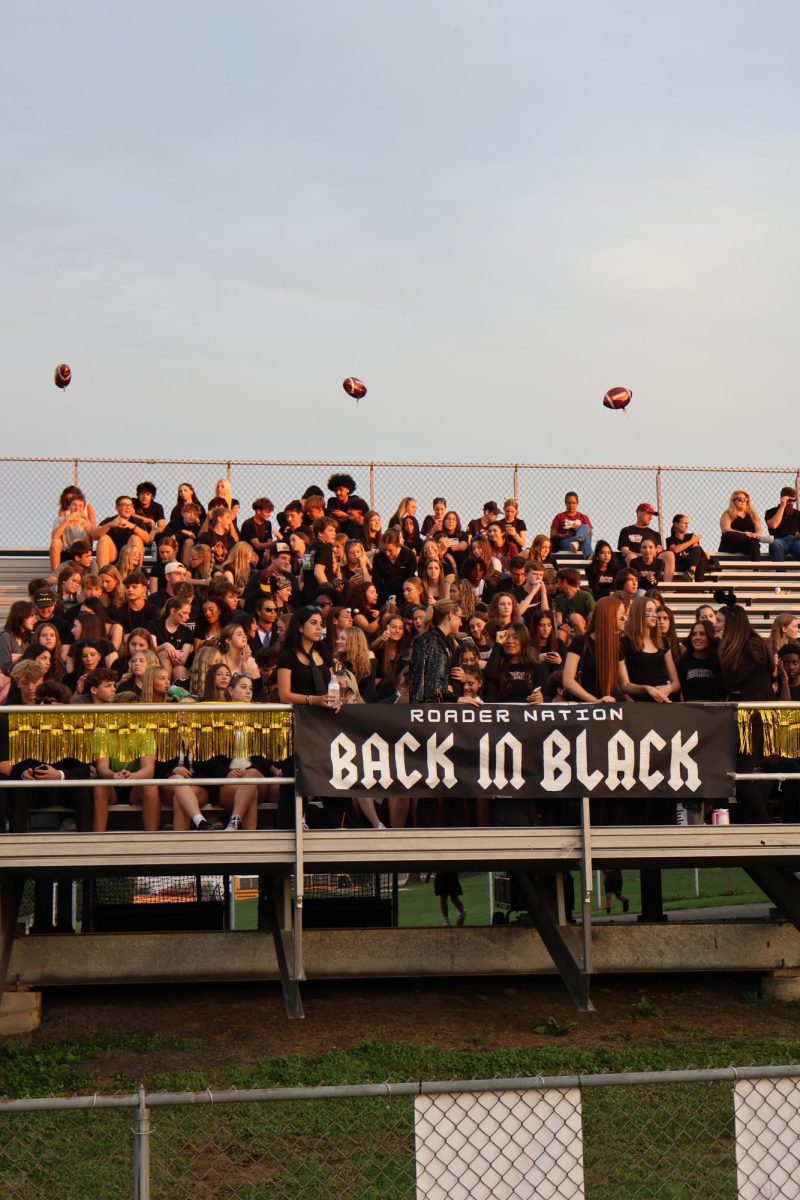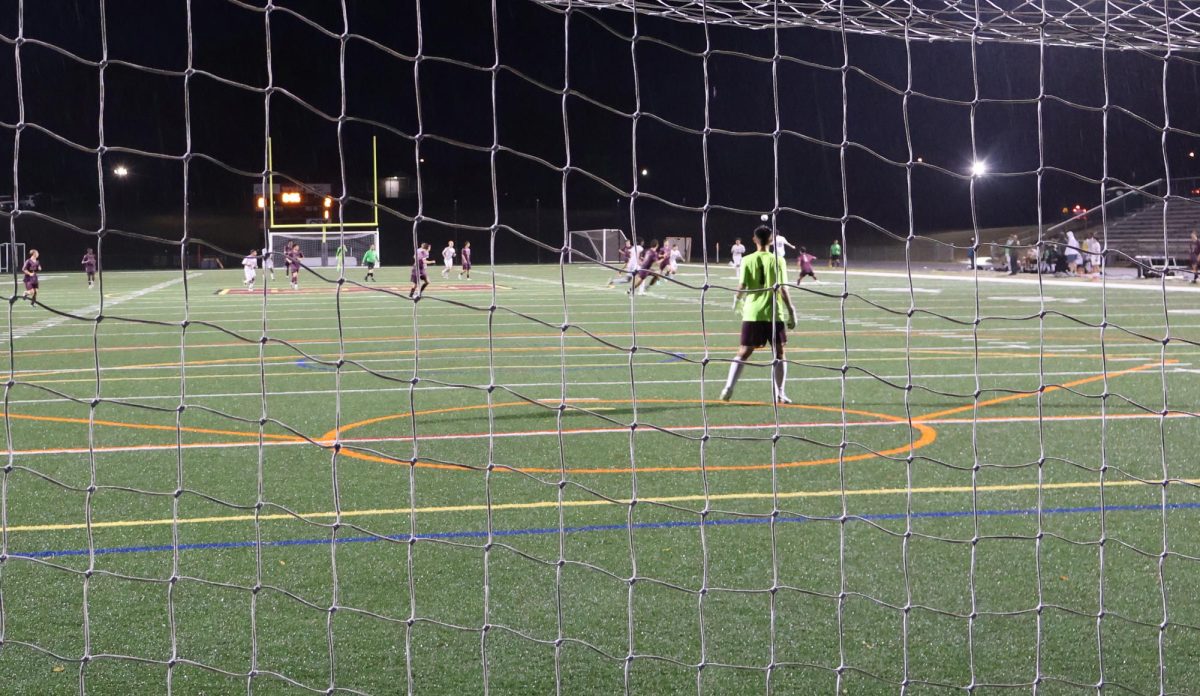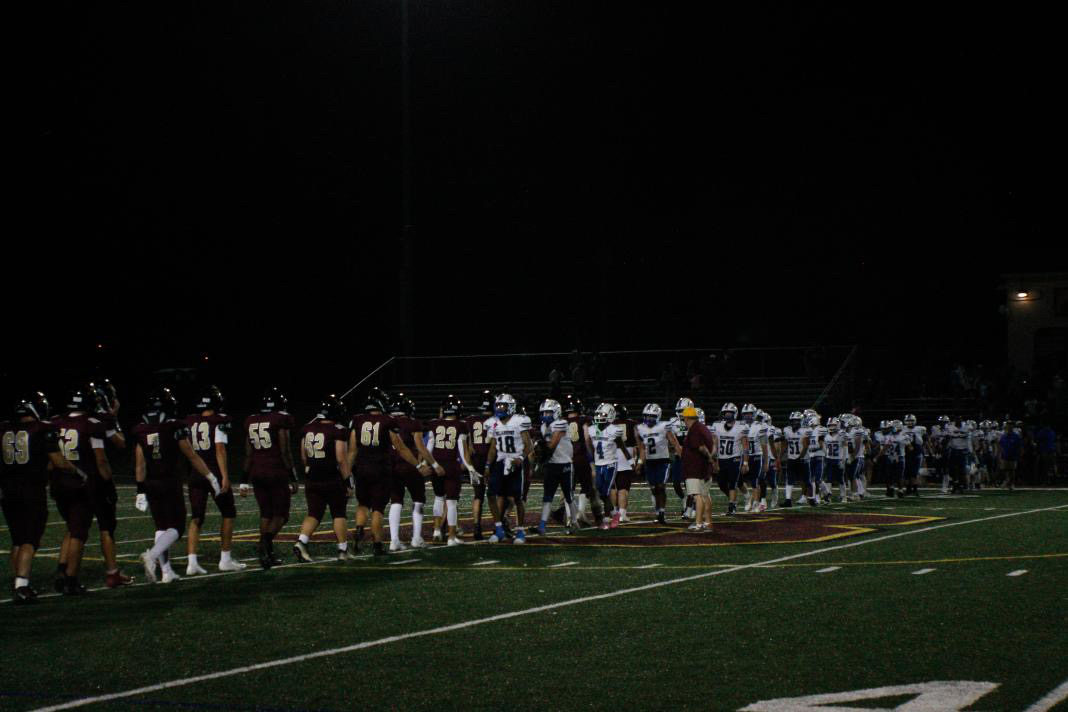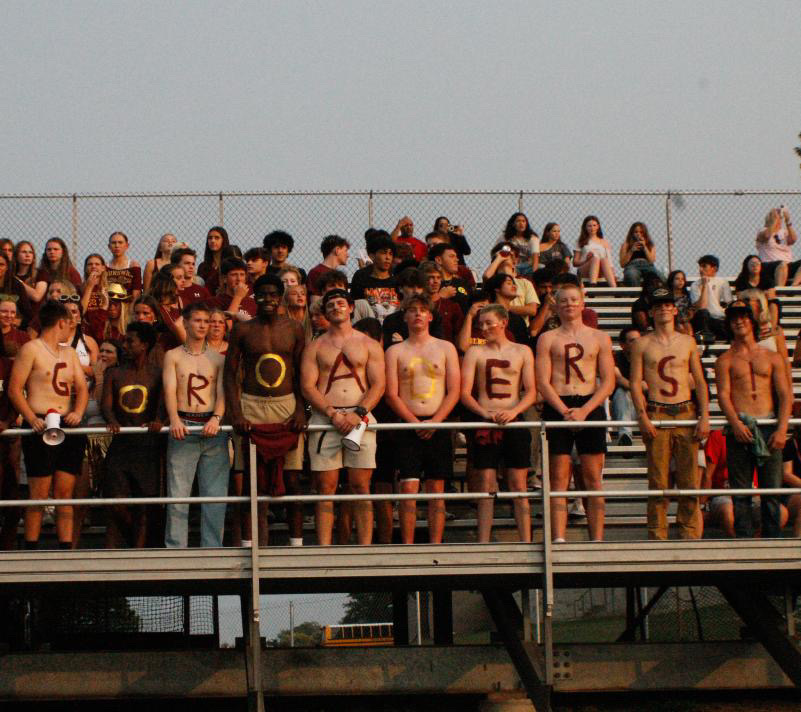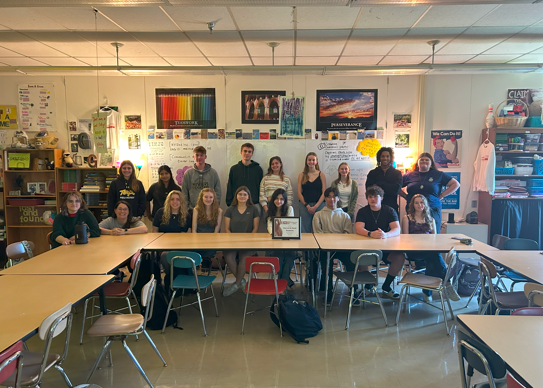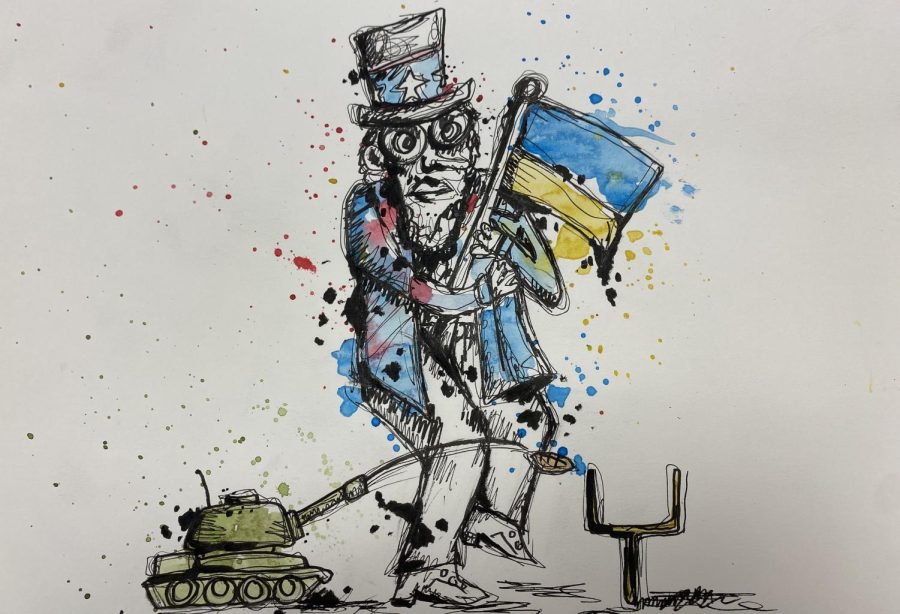Football Season Is Here And Popular Wars Aren’t Dead
America’s Favorite Pastime Rears Its Ugly Head… At War With Peace, At Peace With War
Uncle Sam clutches a Ukrainian flag on the sidelines of the Big Game.
“Once you get locked into serious drug collection, the tendency is to push it as far as you can.”
— Raoul Duke
“Peace will come suddenly, we won’t understand when it does.”
— Sal Paradise
America can’t shake its guilty pleasure—we love a good war—and when the bottom fell out on our Afghan bet in August of 2021, and we stood without a gun in our hand for the first time in 20 years, it didn’t take long for the National nerve to begin twitching.
Ours is a curious case of bereavement brought on by the loss of the only stabilizing presence we’ve known in 200 years of existence as a People—conflict—a national pastime so hard-wired into the collective unconscious that we pick up guns as readily as footballs on a lazy Sunday. Sometimes we’ve fought our enemies with these guns, sometimes our friends, once ourselves, and more often than not we’ve fought in far-flung lands so that the brutal reality of the game is mocked to death by distance and disconnect. Smoke from bombs and shells has a habit of dissipating before it reaches our golden shores, and gunfire seems to lose its punch somewhere over the mighty ocean standing between us and them.
In this way, we are strangers to the wars we wage, but make no mistake, we are no strangers to war. From the inception of this Nation, war has occasioned our finest hours and defined our greatest leaders. The American image is woefully incomplete without times of peril and purpose to provide us with scenes like a flag raising at Iwo Jima, or V-J day in Times Square.
The very idea of patriotism as it has come to be known in this country is an archetype of the Nation at war: the populace united in common purpose, the economy operating at full capacity, and the political sphere cooperating in defense of freedom.
But there was a time in the not-too-distant past when the popular war, the war that the public heeded the call to, donated their scrap metal towards, planted their victory gardens to support, and kept their lips tight to uphold, seemed doomed.
As the children of Levittown came of age and realized that plush postwar existence only ran so deep, they began to get hip to the idea that the government might not always have their best interests in mind. Upon this realization, they were not so content, as their parents had been, to sit back and watch—much less eagerly participate—as the government sent their brothers and friends halfway around the globe to keep an ideology contained within the blown-out brains of a million dalits from the jungles of Vietnam.
In the wake of a resistance that saw one President voted out and another sent packing to San Clemente on a broomstick, the entire game around war changed. No longer, it was thought, could war be advertised for general consumption. Instead, it would have to be done but not talked about, or at least not made into the spectacles we were accustomed to, as maintaining the fanfare of war is a tall task when people aren’t leaping to attention at the sound of the National alarm in the same numbers they used to.
For the government, the most devastating casualty of the peace movement was the castration of their age-old refrain that war was just and necessary to protect the American Way of Life. Suddenly the Commander in Chief could no longer throw down a card that simultaneously played on a child’s love of their mother, a man’s fear of God, and a society’s love of fried chicken. By the end of the Vietnam War, the phrase had taken repeated blows from the counterculture, leaving it permanently marred by an air of simpleness and condemned to receive the same reactions as the Gadsden flag or Native American-named sports teams do today. In its place, advancing the cause of freedom became the new, even more nebulous blank check refrain used to justify our exploits—a shifting of the goalpost that placed half the world in the line of fire. Over the next several decades, we fought in more proxy wars against Communism, funded and aided more clandestine regime changes, and began a period of ramped-up intervention in the Middle East that has clung to us like a plague to a rat to this day.
No longer, it was thought, could war be advertised for general consumption.
Nascent elements of religious extremism arising from turmoil in the Middle East (due in no small part to the compulsion of the United States to treat the region like a practice field for running new plays) would coalesce into groups like Al-Qaeda, who came to constitute our greatest sworn enemies since Hitler and the Viet-Cong. And when by their hand two of the most imposing symbols of our freedom and prosperity were leveled in September of 2001, the Nation suddenly rallied around its team as it hadn’t done since WWII.
Now, with an enraged populace on the verge of breaking down the gates of the White House and beating down the doors of Congress to demand that Mesopotamia be sent back to the stone age, Bush and his cadre of goons could call a hail mary on 1st and 10 in the third quarter, and the stadium would erupt in thunderous applause. And so it came to pass that after getting our feet wet in Afghanistan, we set our sights on Iraq and Saddam Hussein, the “head of the snake”—a man who had as much to do with 9/11 as Boeing—and addressed ourselves to the noble cause of dismantling his regime and preventing the entire subcontinent from ever again producing crops or having clean water that might be supplied to avowed enemies of the West.
We prosecuted these invasions and all the other conflicts in the Middle East with the combined wisdom of a highly conditioned fight-or-flight response. By this time, we had played in every type of game and seen nearly every possible outcome. Honest wars from our younger days, where backing away from a brawl was always seriously on the table, to full-on offensive showdowns in the World Wars, all informed our new paradigm—that fight or flight in the modern warplace was a coin flip for the method of delivery: heads ground troops, tails drone strikes. We carried on like this for as long as we could get away with it, but twenty years of occupation and attrition strained the public’s bonds of affection for large-scale combat once more. By the second decade of the twenty-first century, it seemed we had again come upon a time when war was truly the last resort in the eyes of a dubious public.
Outcry at the disastrous withdrawal of US forces from Afghanistan last year provided the first hint that we still had a MacArthur-like sense of when war was being done all wrong. This blunder awakened those dormant neural pathways in our minds that led to violent outbursts, and we started to get the itch again. And as God has a way of rewarding his most faithful servants, football season would come early as Vladimir Putin, a flailing tyrant with a swan song to write, launched a full-scale invasion into Ukraine in February of 2022 to forestall their alignment with Europe once and for all. His ill-conceived plan was met with harsh reproach by the society of nations to the tune of crippling economic sanctions, followed soon thereafter by overt support for the Ukrainian cause.
With his invasion, Putin single-handedly salvaged the future of war as an institution in this country, for which he would no doubt be handed the Congressional Medal of Honor if the right people were in power. In the meantime, what the people in power were handed from this deal was an unimpeachable war on a silver platter. The cause: the defense of liberty in all its nobility. The retorts: none conceivable. Before us, for the first time in years, was spilled blood we could get behind.
President Biden, goaded by Congress and the American people, formed an ironclad coalition of free nations to safeguard a “developing and democratic” Ukraine. Over the following months, Congress would pass seemingly innumerable pieces of legislation, shelling out over $50 billion to be shipped eastward to the front lines of the Ukrainian struggle, and most assuredly, not to the front pockets of Ukrainian oligarchs.
At home, politicians prostituted the Ukrainian people, parading their struggle up and down the aisle and across the West Wing, tacking it onto legislation as a vehicle for its passage, even trotting out Zelensky to address a joint session of Congress as a last-ditch effort to push through the omnibus appropriations bill for the new year. Just outside the Swamp, carpetbagging defense companies seized the opportunity to fashion all the triggers for the young men to fire and replenish diminished stocks of weaponry. On front porches, businesses, and car bumpers across the country, the Ukrainian flag became more commonplace than its star-spangled counterpart. In the streets, in conversation, on TV, and on social media, Zelensky enjoyed a meteoric rise to mythical status among the American people, who came to revere him as the new Cincinnatus, humbly and valiantly leading his people into battle.
All of this without even stopping to consider the factors which drove Russia to such drastic action in the first place. Though undertaken on the bizarre pretense of rooting out baby-eating Nazis in Kyiv, and undoubtedly due in some part to irredentist ambitions, it cannot be discounted that Russia felt the encroachment of NATO presented an existential threat. And how could America find solid ground to stand on when it comes to reasons for waging a war? We’ve fought wars to destroy ideas, and now we’ve taken to castigating Putin for fighting an enemy at his doorstep. It’s an open but often-forgotten secret that the US maintains a strict sphere of influence itself, one that dates back to the Monroe Doctrine and that history furnishes we do not tolerate violations of. When Cuba, Florida’s bootjack, came under the control of Communist revolutionaries, the United States orchestrated an attempted invasion of the sovereign island to topple Castro’s government. For those who make a habit out of leaving the past to predestination, consider then if Canada were to decide that an alliance with China was in their best national interests, would we sit idly by and allow them to go about their business, or would we move briskly to strike them down with a Godful vengeance? As a country, we’ve perfected the art of realpolitik, yet we seem incapable of even recognizing it when it leaves from a mouth or a barrel that’s other than ours.
In no sense is this a defense of the Russian position, but in a race for the right to wave the banner of heaven, we would be neck and neck down to the finish line. Neither of us is without sin, and in war, there are no good bullets. Yet, unfailingly, we make war into a spectacle of good versus evil, and for a year now, we’ve stood on the side of good and taken to humping the Ukrainian flag and getting our kicks vicariously. That is, for the time being, as economic travails have constrained us to assist indirectly with mass shipments of money, materiel, and intelligence. So far, we’ve managed to restrain ourselves from diving headlong into the thick of the fight, but the cracks are beginning to show, and Biden’s provision of 31 Abraham’s tanks is a clear sign that we are willing to push the boundary of what constitutes an act of war to the point of no return.
While the political winds have yet to shift in favor of our full-blown entry into a World War III waiting to happen, the day is still young. Unless inquisitions into grand corruption among the Ukrainian ranks reveal a backstabbing beneficiary, or Russia capitulates sooner than expected, it’s only a matter of time before we get bored of watching from the sidelines. This is to make no mention of heightened tensions with China as it looks to make a move on Taiwan, and as it sends 200 feet tall alien spaceships over the heartland, only to discover no signs of intelligent life and be shot down while trying to flee from flying beer bottles and twelve-gauge rounds.
It’s only a matter of time before we get bored of watching from the sidelines.
And so here we stand, on the precipice of another war to end all wars, and whatever forlorn hope any of us had that this generation might be the first to outgrow conflict for good is shattered. There will be no peace in this generation, and likely not for many more to come. On the contrary, a whole new generation is just getting their first hit of a drug we’ve been hooked on since the start. Across the country, children are sitting at their parents’ feet in front of the television set, watching as conflict is exalted on the 24-hour news cycle, and teenagers are mindlessly scrolling TikTok for hours on end, liking periodic videos of death and destruction, and nothing ever changes, only changes shape.
The idea that popular wars were dead, that we were finally entering into an era of prolonged peace that could serve to rid our genome of its atavistic tendencies, was and will forever be nothing more than a fool’s dream. In reality, this country in the backwaters of the civilized world knows only one thing—constant war—punctuated by uneasy peace.
You can get kicks from anything, and we are myopic mongrels who get kicks from the big games, the Super Bowls and the World Series’, pitting the young against the younger for glory and honor and oil and soil. We keep war right in front of us, so that it is seen as the natural course of things, and peace at arm’s length, so that it is seen only as a distant horizon, a high ideal that the harsh realities of a complicated world belie as too far-fetched. We can’t wake up from this trip, and the world hangs in the balance at the end of the violent pipe we’re smoking. One day, some people on this Earth might finally understand that war is the antithesis of freedom, but for as long as we can be made to believe it is the only guarantee of it, America will not be that people, and its Deo Vindice until the death of time.
Your donation will support the student journalists of Brunswick High School. Your contribution will allow us to purchase equipment. We're a small program with little resources. Our goal is to purchase some updated, and much needed, cameras for the program.





